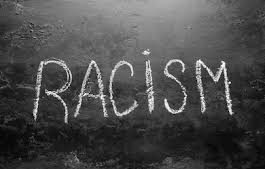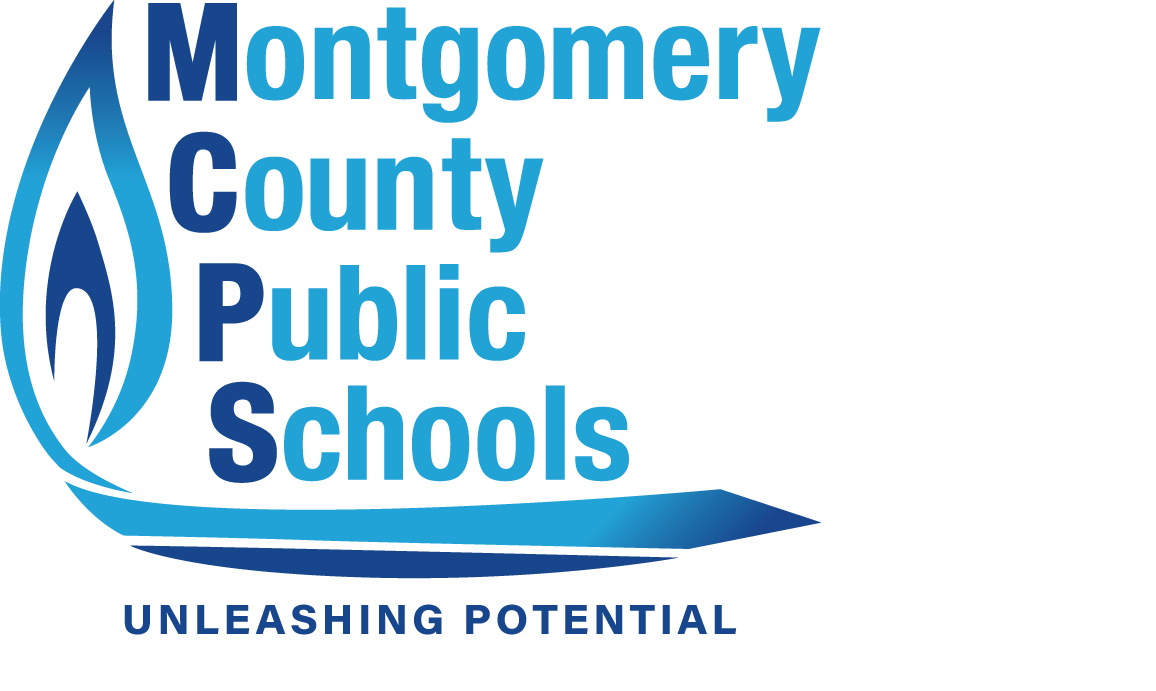Another Reality of Racism in America

June 11, 2020
Define racism. Or, rather, what does racism look like to you?
To some, racism is the language or actions given to present superiority, while to others, it refers to the systems that put certain groups at a disadvantage from others. Regardless, it’s dehumanizing.
Over time, the term has evolved to cover numerous behaviors across our society, our government, our economy, and our history. The United States was established and became a wealthy world power in large part due to racism and oppression. And because of this, the country continues to carry the weight of this prejudice. From the coercive possession of native lands to the ropes tied around brown necks, American history tells the same story, just in different ways. Many Americans believe that they themselves are not racist because they aren’t explicit in their behavior. Yet, that does not mean they do not hold some sort of racial bias.
As a young nation, the U.S. adopted concepts of social Darwinism and white supremacy from Europe. Racism then became a foundation for the United States, an integral piece that helped sustain its growth and led the way for its future prosperity. Slavery led to the large production of cash crops to export, boosting the nation to a position of wealth and power as a dependent trading power. However, an ignored fact is that all of the money that went into industrialization came from the exploitation and oppression of both Native and African Americans.
With that principle ingrained into the soil we stand upon, it is understandable why racism is still a powerful force today. The current social structure took centuries to construct, utilizing hatred and fear to maintain. Years of cold violence and prejudice contributed to the problems our country still feels today. Native Americans now hold only a handful of land when they used to have acres, an effect of being shoved off their lands by invaders. Viewed as inferior, African slaves and their descendants were redefined as three fifths of a whole human being. Chinese workers, whose hands helped build the transcontinental railroad, were denied any chance of citizenship when the Chinese Exclusion Act of 1882 was passed. Additionally, with the belief that jobs were unfairly being taken from white citizens, Mexican-Americans were coerced into leaving their homes during the Great Depression and forced across the Mexican border. Similarly, Japanese Americans were pushed into internment camps for fear of spy interaction with Japan during World War II.
This history affects the depth and amount of news coverage given to certain events. The lack of coverage limits national attention and the ability to take action or provide support. One example is the crisis of Native American women and girls disappearing and being murdered in recent years, an issue that indigenous activists fight against every year. Many citizens are unaware of this crisis while various politicians do not do anything to help address it. Even with acknowledgment of American history, there is little action taken to remedy its effects. Today, a disproportionate number of African American and Hispanic men see metal bars whenever they wake up. Though there is acknowledgement, this issue has still not been truly addressed. Many of America’s other race-related issues are treated with this same indifference by many lawmakers. While it seems like the government wants to help, their involvement often crushes minorities further into the ground, all the way to the buried bones of history.
The actions of the Americans before us lies on the shoulders of Americans today. The current administration maintains the continuity of the country’s inequity through its inaction and ineffectiveness. In every corner of American life, the effects of racism are both silent and loud.
Recently, the murder of George Floyd under the knee of a white police officer has spurred many to take to the streets. They voice their anger and frustration of the lack of justice given to African American victims of police brutality, exposing the white power structure. Breonna Taylor, Ahmaud Arbery, Tamir Rice, Trayvon Martin, Tanisha Anderson, Michael Brown, and Freddie Gray are only a few of the known victims of police brutality with many more being uncovered by the press every day.
Having been ignored, oppressed, and killed for centuries has fueled the black community’s call for justice despite being muted time and time again. This time, America cannot close the door to silence us. The protests are a promise that change is coming to the United States and sacrifices will need to be made on all sides. They are a promise that the white power structure will be dismantled and the barriers that prevent minorities from advancement and equality will be taken down. They are a promise that white privilege will end and that leaders will rise up in order to unify the communities as they bring down this system of oppression. They are a promise to finally reach that goal of not only being seen as equal but being treated as equal.
The shouts will not fade away this time but will help keep the fire alight for this, as many have begun to call it, revolution. As MLK noted only a mere two generations ago, “a riot is the language of the unheard.” The black community will no longer be ignored.













































